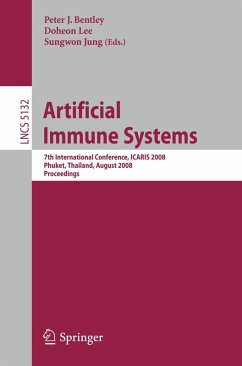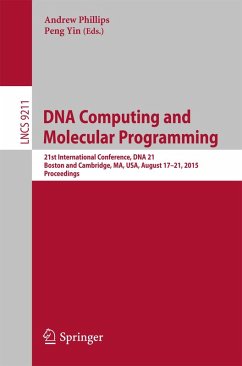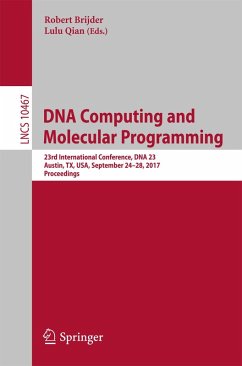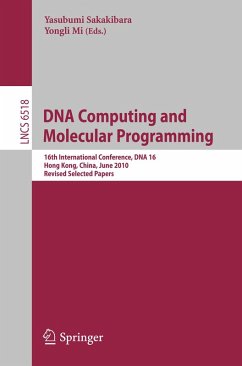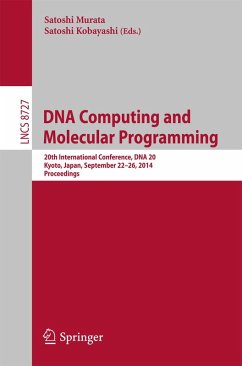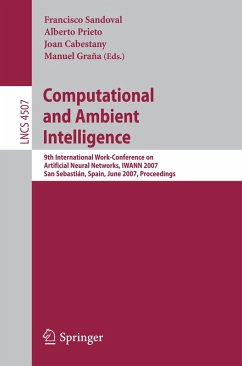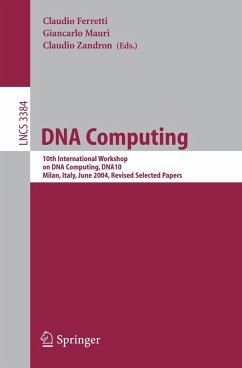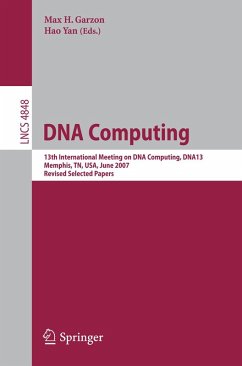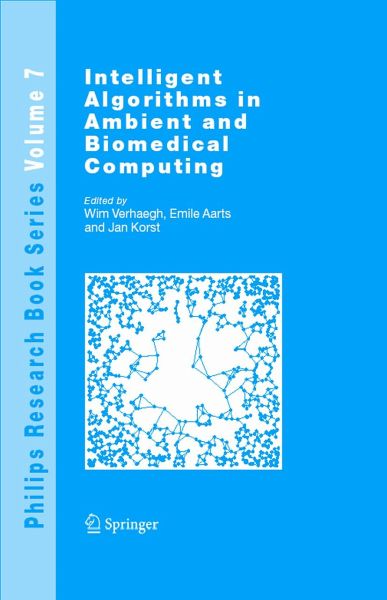
Intelligent Algorithms in Ambient and Biomedical Computing (eBook, PDF)
Versandkostenfrei!
Sofort per Download lieferbar
72,95 €
inkl. MwSt.
Weitere Ausgaben:

PAYBACK Punkte
36 °P sammeln!
The rapid growth in electronic systems in the past decade has boosted - search in the area of computational intelligence. As it has become increasingly easy to generate, collect, transport, process, and store huge amounts of data, the role of intelligent algorithms has become prominent in order to visualize, manipulate, retrieve, and interpret the data. For instance, intelligent search techniques have been developed to search for relevant items in huge coll- tions of web pages, and data mining and interpretation techniques play a very important role in making sense out of huge amounts of biomo...
The rapid growth in electronic systems in the past decade has boosted - search in the area of computational intelligence. As it has become increasingly easy to generate, collect, transport, process, and store huge amounts of data, the role of intelligent algorithms has become prominent in order to visualize, manipulate, retrieve, and interpret the data. For instance, intelligent search techniques have been developed to search for relevant items in huge coll- tions of web pages, and data mining and interpretation techniques play a very important role in making sense out of huge amounts of biomolecular measu- ments. As a result, the added value of many modern systems is no longer determined by hardware only, but increasingly by the intelligent software that supports and facilitates the user in realizing his or her objectives. Overthepastyears, considerableprogresshasbeenmadeintheareaofc- putational intelligence, which can be positioned at the intersection of computer science, discrete mathematics, and cognitive science. This has led to a gr- ing community of practitioners within Philips Research that develop, analyze, and apply intelligent algorithms. The Symposium on Intelligent Algorithms (SOIA) intends to provide this community of practitioners with a platform to exchange information. The ?rst edition of SOIA, held in 2002, addressed the topic of intelligent algorithms in ambient intelligence.
Dieser Download kann aus rechtlichen Gründen nur mit Rechnungsadresse in A, B, BG, CY, CZ, D, DK, EW, E, FIN, F, GR, HR, H, IRL, I, LT, L, LR, M, NL, PL, P, R, S, SLO, SK ausgeliefert werden.




